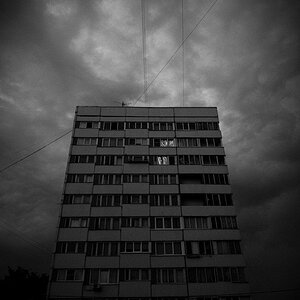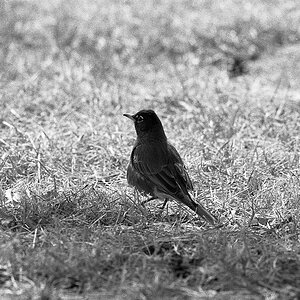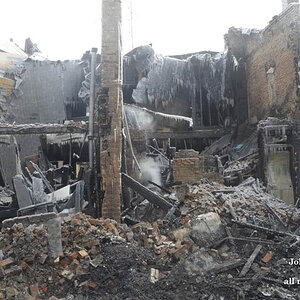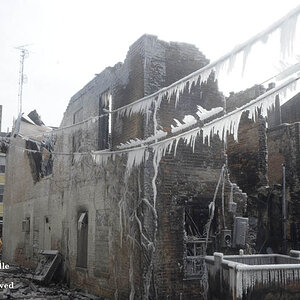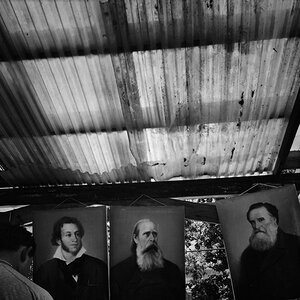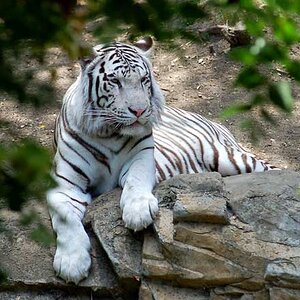beddingfield
TPF Noob!
- Joined
- Jan 11, 2020
- Messages
- 51
- Reaction score
- 2
- Can others edit my Photos
- Photos NOT OK to edit
This is supposed to be a fixed ratio, that merely expresses the diameter of the opening allowing light to passé through the diaphragm and then onto the film.
Its supposed to be a fixed ratio, never changing. a simple "length to diameter".
Its also supposed to be equal between ALL lenses despite overall diameter.
For example, common wisdom would tell me that an f/stop number of 8 or 13 will be the same diameter hole regardless of LENS DIAMETER. But why isn't that what actually happens in life?
For example if I consider these lenses
100-300 vivitar FD macro zoom, 52 mm thread and tube diameter
75-210mm vivitar FD zoom with 62mm thread and tube diameter
630-1300mm Vivitar telescope zoom, at 630mm length its f/8, at 1300 its f/13
Yet in operation, the 100-300 and the 650-1300 have a very visible drop in visible light when you switch them between these f/stops. YET the humble 75-210 has no change that the eye can detect.
Its supposed to be a fixed ratio, never changing. a simple "length to diameter".
Its also supposed to be equal between ALL lenses despite overall diameter.
For example, common wisdom would tell me that an f/stop number of 8 or 13 will be the same diameter hole regardless of LENS DIAMETER. But why isn't that what actually happens in life?
For example if I consider these lenses
100-300 vivitar FD macro zoom, 52 mm thread and tube diameter
75-210mm vivitar FD zoom with 62mm thread and tube diameter
630-1300mm Vivitar telescope zoom, at 630mm length its f/8, at 1300 its f/13
Yet in operation, the 100-300 and the 650-1300 have a very visible drop in visible light when you switch them between these f/stops. YET the humble 75-210 has no change that the eye can detect.




